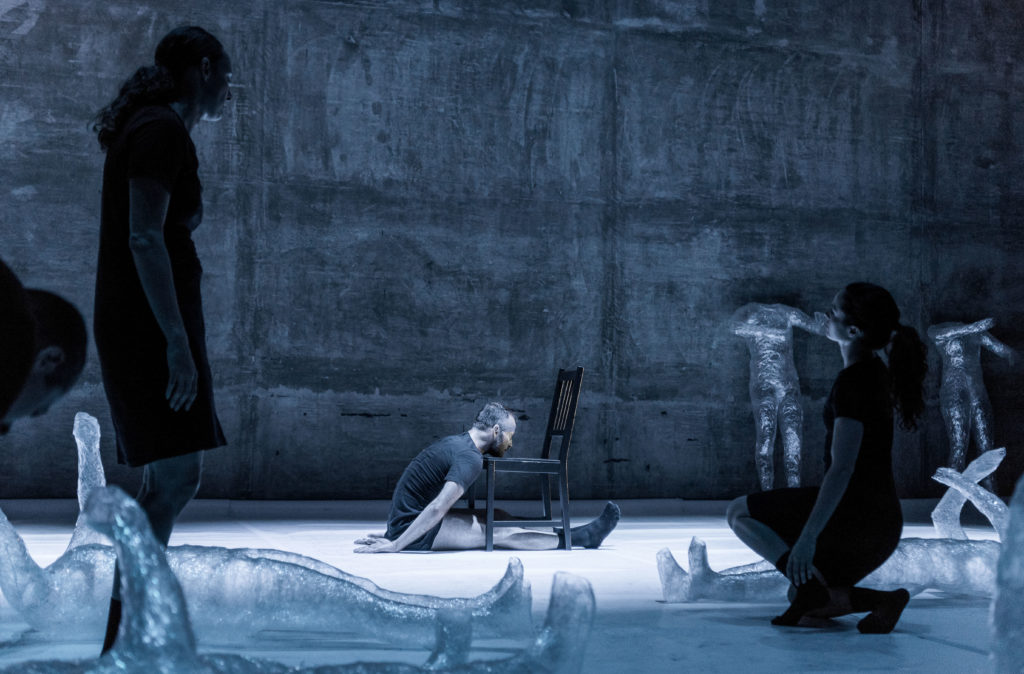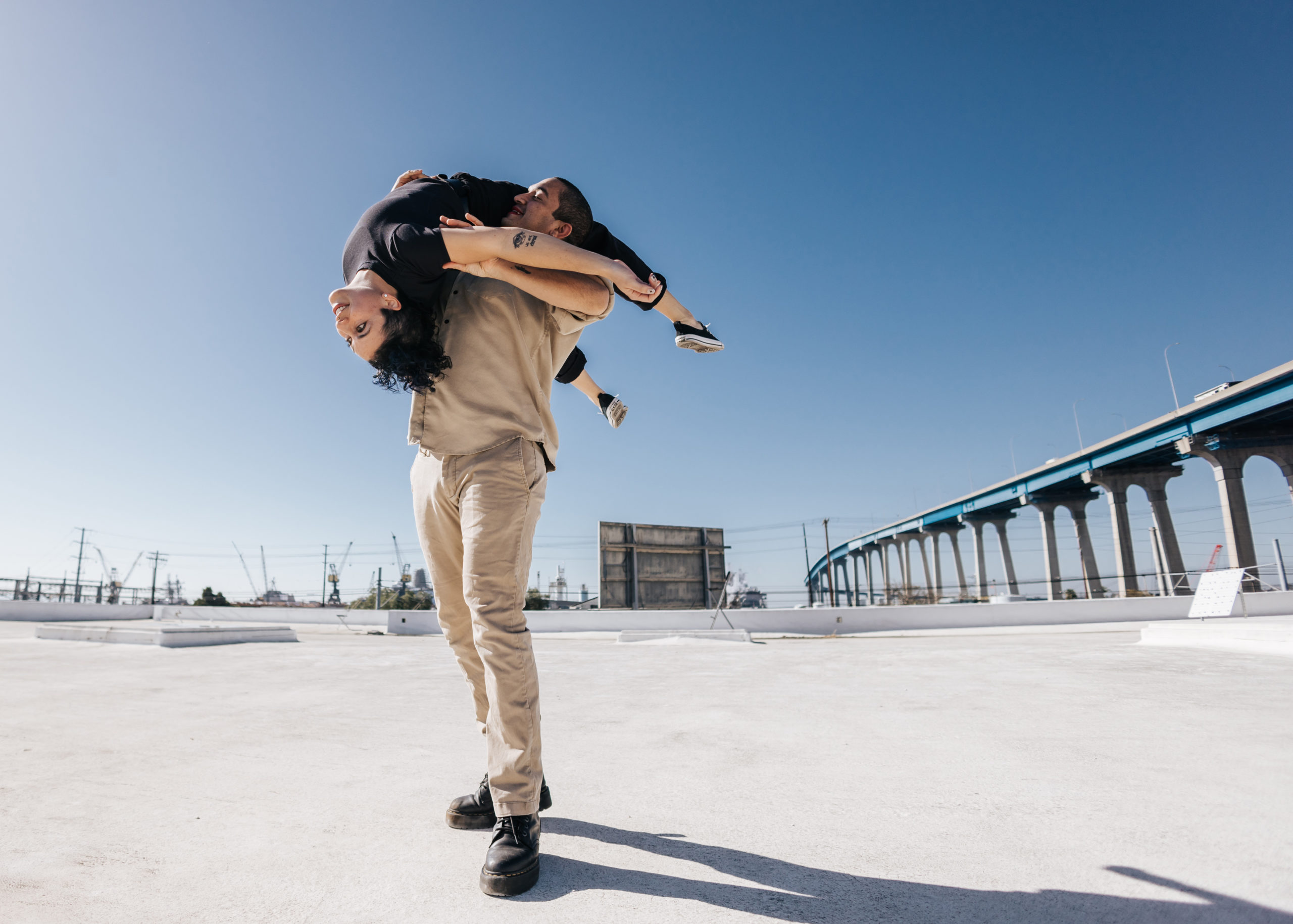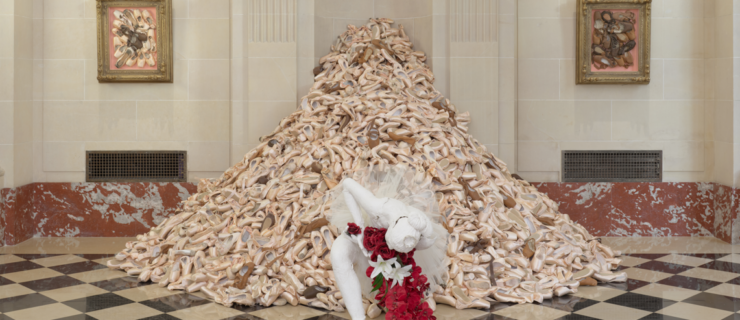Could FACT/SF’s Peer Organized Reciprocal Touring Program Revolutionize How Small and Mid-Size Companies Present Work?
Sometimes the best ideas take years of germination to develop. It was one such seed planted by FACT/SF artistic director Charles Slender-White and former L.A. Contemporary Dance Company artistic director Genevieve Carson in 2015, at the Association of Performing Arts Professionals annual conference, that blossomed into a program which has the potential to revolutionize the way artists approach touring and presenting. This month, after a five-year hiatus, FACT/SF is relaunching its Peer Organized Reciprocal Touring program (PORT), via a shared performance program with San Diego–based contemporary company DISCO RIOT.
PORT represents a collaborative, artist-centered touring model that Slender-White envisions will expand far beyond the reach of FACT/SF. “It’s pretty simple,” says Slender-White. “Basically, two or more artists or organizations work together to support each other in reciprocal touring. What that looks like is that org A hosts org B in their hometown, and after a period of time the roles are reversed.”
There are a number of advantages to this setup: shared cost of the production between the companies or artists, a guaranteed audience for the touring group via the hometown group’s fan base, and the momentum acquired when doing back-to-back shows. “You can use the same press release, postcard, etc.,” says Slender-White, “and you don’t have to spend much time and money getting the work back for the second show.”

Slender-White first launched the program in 2017 as a partnership with FACT/SF and L.A. Contemporary Dance Company, along with ODC Theater, after two years of conversation with Carson. PORT emerged as a response to the challenges and precarity of producing and touring work that many artists and small to mid-size companies face. Both directors were finding it difficult to meet the artistic and financial needs of their companies under the traditional venue-centered presenter model: The fees offered by various venues often didn’t cover the cost of the tour or performance, and it could be challenging to connect with local communities. “For myself and other artists, the experience at venues could be very transactional,” Slender-White says. “That, for me, was not ideal.”
Establishing those farther-reaching connections to begin with offered additional hurdles. “If you are not already known outside your region, it’s difficult for a presenter to take a risk on presenting you because they want to be able to sell tickets,” says Slender-White. “But how do you build your brand and reputation beyond your hometown if you aren’t able to leave your region?”
After many months of conversations about what true artist-centered touring would look like, PORT’s inaugural launch in 2017 was a success. Shortly after, though, life and the COVID-19 pandemic interfered for Slender-White and FACT/SF, the result being that this year’s rendition of PORT will be the second ever. FACT/SF and its partner-in-art this year, DISCO RIOT, will present a double bill at San Francisco’s ODC Theater August 5–7, as a newly added second weekend in the FACT/SF Summer Dance Festival. Slender-White and company will then head south to San Diego in April.
Slender-White has numerous plans for PORT as it relates to FACT/SF, including once again doubling up their Summer Dance Festival in 2023 with a second-weekend PORT production, this time shared with Portland, Oregon’s Shaun Keylock Company. However, his ultimate aim is for the framework to be easily accessible to other people. “My goal is that we will create a public-facing database,” he says. “I can imagine something where a choreographer says they want to tour in x and I’m based in z. If other artists started populating this form, some matchmaking could start to happen.”




